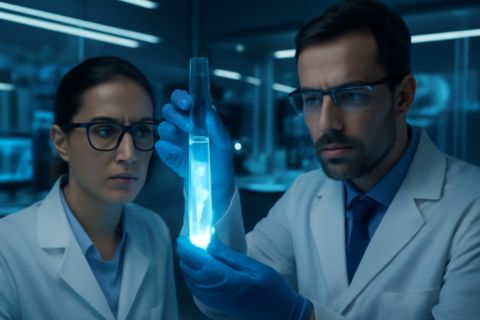A scientist from Chelyabinsk, Associate Professor of the Department of Physics of Nanoscale Systems of the SUSU Institute of Natural Sciences and Mathematics Liudmila Svirskaia, jointly with her colleague from Lomonosov Moscow State University Iurii Dumin acting as a co-author, have published a paper "On the nature of subharmonics of the electron emission from ultracold plasmas". This article has been published in the Physics of Plasmas international journal included in Q2 of the Scopus research periodicals.
Ultracold plasmas exist at the temperatures near absolute zero: 1 kelvin or lower, below minus 272 degrees Celsius. Ultracold plasma attracts attention of the 21st century scientists as it helps solving mysteries in the fields of research from particle physics to the evolution of the Universe.
Theoretical research studies on ultracold plasma began long before the moment when it has become possible to experimentally obtain it. For now, we can only create it for a short time: in supersonic gas dynamic jets, or through laser cooling.
Scientists got interested in the electron emission after plasma's irradiation by monochromatic waves. When such plasma bunch expands monotonically and meets an electromagnetic wave, the flux of the emitted electrons exhibits an unusual behaviour with a series of well-expressed peaks.
An earlier interpretation of this phenomenon based on Tonks-Dattner resonances faced a number of serious obstacles.
The paper by Liudmila Svirskaia and Iurii Dumin describes an alternative concept of this emission. It is based on an idea of multiphoton ionization of the "secondary" Rydberg atoms formed due to the three-body recombination. During ionization an electron escapes not up to "infinity", but to a certain "threshold" radius with excitation to a higher orbit. Then the pattern of peaks also changes and becomes similar to the mentioned above. Unlike the previous concept, this model does not depend on the shape of the cloud anymore and does not require specific boundary conditions.
Ultracold plasma is studied by advanced science. In the future it may become possible to obtain long-lived ultracold plasma: this will help improve ion microscopes and will be useful in other applications as well. For now, we can be proud that our region keeps up with the research studies of such unusual and fascinating things.




